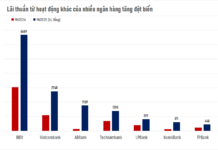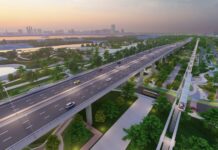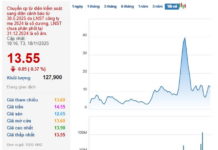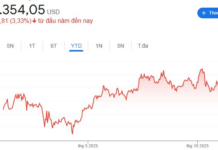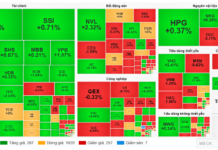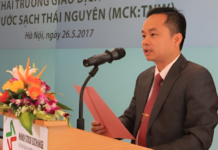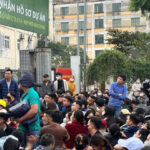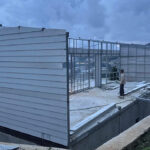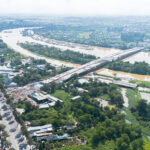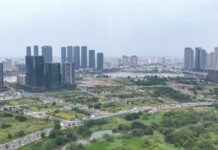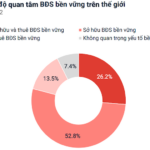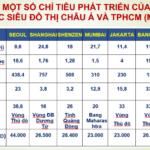Behind the dream of homeownership lies a myriad of legal risks. Many find themselves losing money and unable to occupy their land.
Cheap but Not a Bargain
Countless individuals have paid a steep price after recklessly investing hundreds of millions, even billions of dong, to purchase agricultural land with the hope of building homes or converting it to residential land.
Speaking with a reporter from Hanoi Moi Newspaper, Nguyen Trung Kien (O Dien Commune, Hanoi) shared that he once borrowed over 700 million dong to buy agricultural land in Minh Khai Ward (former Bac Tu Liem District) after a broker promised to “handle the paperwork” for construction and land use rights certification (red book).
Kien revealed that after two months, as he eagerly prepared to build his house, he realized that agricultural land cannot be used for construction, and conversion to residential land is also prohibited. “The land cannot be built on or sold, and when I contacted the broker, they evaded responsibility and disappeared,” Kien said sadly.
Similarly, Le Thi Tuyet (Xuan Phuong Ward, Hanoi) purchased a 100m² agricultural plot in Phuong Canh Ward (former Nam Tu Liem District) for 500 million dong, but only received a rudimentary handwritten sales agreement.
In 2024, Tuyet learned that the land was subject to reclamation due to a project in the ward. Upon reviewing the documents, she discovered the land had been sold multiple times. The paperwork she received was merely a photocopy without any official verification. Under land clearance regulations, all declaration and compensation procedures are handled by the land’s legal owner.
Thus, Tuyet could be left empty-handed if the owner has passed away or refuses to compensate her. Even if the owner agrees to pay, she would lose a significant portion of her investment, as agricultural land compensation rates are far lower than what she paid in 2015.

Buyers should ensure complete legal documentation to avoid losses. Photo: DN
According to Articles 8 and 10 of Decree No. 123/2024/NĐ-CP dated October 4, 2024, unauthorized conversion of agricultural land to residential land is punishable by fines and restoration of the land to its original state. Yet, many still fall prey to such schemes, losing money and enduring prolonged anxiety.
Potential Loss of Assets
Despite clear regulations, soaring land prices drive many to purchase agricultural or interspersed land, hoping to capitalize on zoning changes or land use conversions in the capital. Daily, countless listings for agricultural land appear on real estate platforms, TikTok, and Facebook, priced between 8 and 35 million dong/m².
For instance, a 32m² interspersed plot on Vinh Hung Street (Vinh Hung Ward, Hanoi) is listed at 450 million dong, described as square, surrounded by developed properties, with complete legal documents and annual land tax receipts.
On Linh Nam Street (Tuong Mai Ward, Hanoi), a 37m² plot is priced at 25 million dong/m², just one-third the cost of residential land in the area.
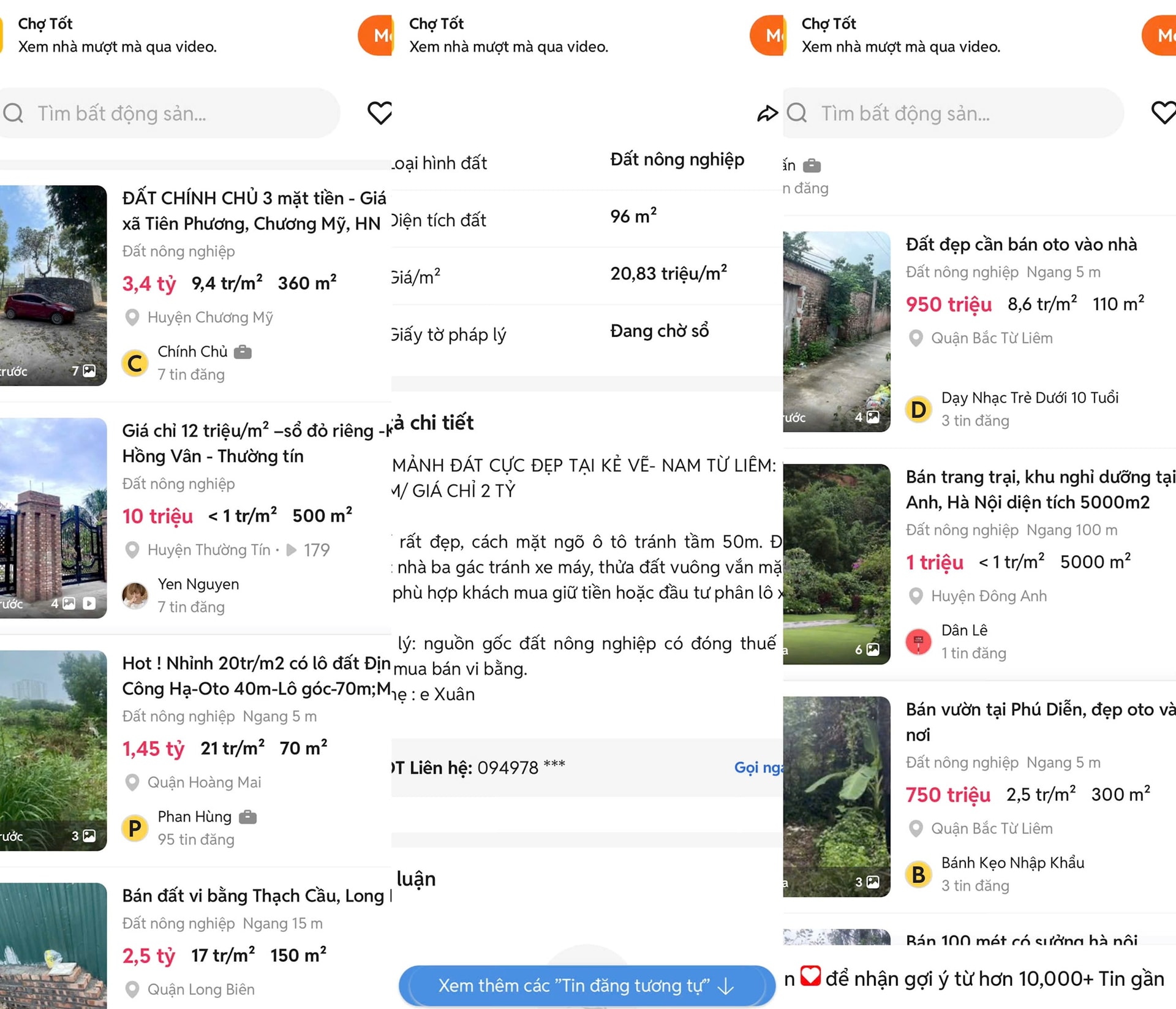
Countless agricultural land listings flood the market. Screenshot
On nhatot.com, a 300m² agricultural plot in Phu Dien Ward, Hanoi, is listed at 750 million dong. Broker 094978… advertises a 96m² agricultural plot on Ke Ve Street (Xuan Phuong Ward) at 20 million dong/m², suitable for subdivision and awaiting a red book. In rural areas, agricultural land is even more affordable.
The market for agricultural and interspersed land is bustling with ample supply. However, Lawyer Truong Thanh Duc, Director of ANVI Law Firm, warns that such transactions are illegal and fraught with risks to assets and ownership. Many gamble, investing in land intended only for agriculture, hoping to build homes or conduct business.
Lawyer Truong Thanh Duc explains that the Land Law permits only land with a “red book” to be transferred. Handwritten or verbal agreements are not recognized in disputes, leaving buyers at a disadvantage. In state reclamation cases, compensation is based on agricultural land rates, not residential rates.
“I’ve handled many cases where buyers trusted sellers’ promises of imminent land conversion or red book issuance. Converting non-residential land to residential is rare, requiring compliance with zoning plans, official decisions, and financial obligations. Such cases are unwinnable, as transactions lack legal basis and buyers cannot justify illegal land use,” Lawyer Truong Thanh Duc asserts.
Interspersed and agricultural land in Hanoi, seemingly affordable, are actually high-risk ventures. Buyers may lose their entire investment and face administrative penalties for illegal construction. Prioritize legal compliance to protect your assets.
Crackdown in Lam Dong: Nine Illegal Construction Projects on Agricultural and Forestry Land Demolished
The People’s Committee of Xuan Truong Ward, Da Lat City, Lam Dong Province, has enforced the demolition of nine illegally constructed structures on agricultural and forestry land, where the developers remain unidentified.
Exclusive Pilot Program: 54 Agricultural Plots in Ho Chi Minh City Approved for Commercial Housing Development
Ho Chi Minh City boasts 54 land plots spanning over 6 million square meters, with nearly 213,000 square meters of rice fields repurposed for residential development. These plots are primarily located in the former Ba Ria – Vung Tau area, totaling more than 6.3 million square meters. The unified deadline for these projects is March 31, 2030.
Upcoming Land Price Surge in Dong Nai: New Rates Set to Skyrocket by Up to 9 Times in Select Areas
The 2026 land price draft has been finalized, revealing significant changes compared to current rates. Notably, agricultural and residential land categories have experienced the most substantial fluctuations.





